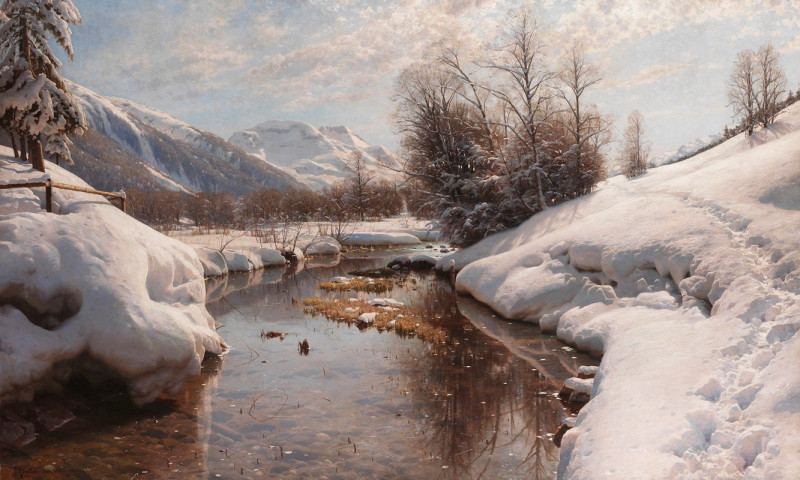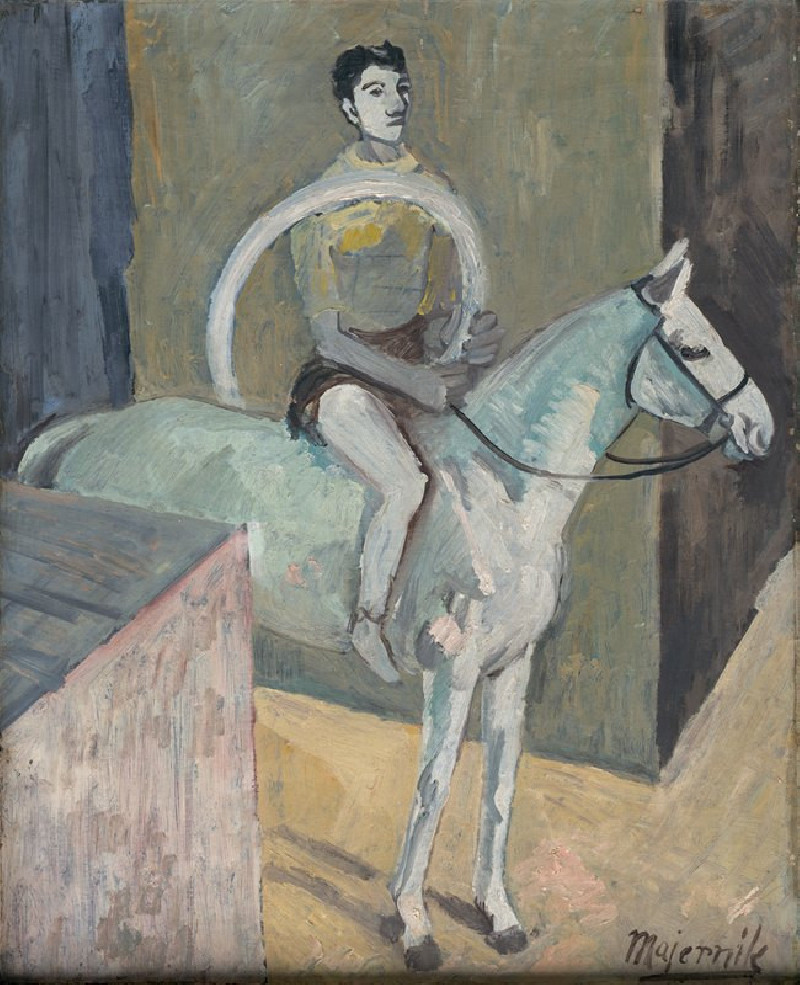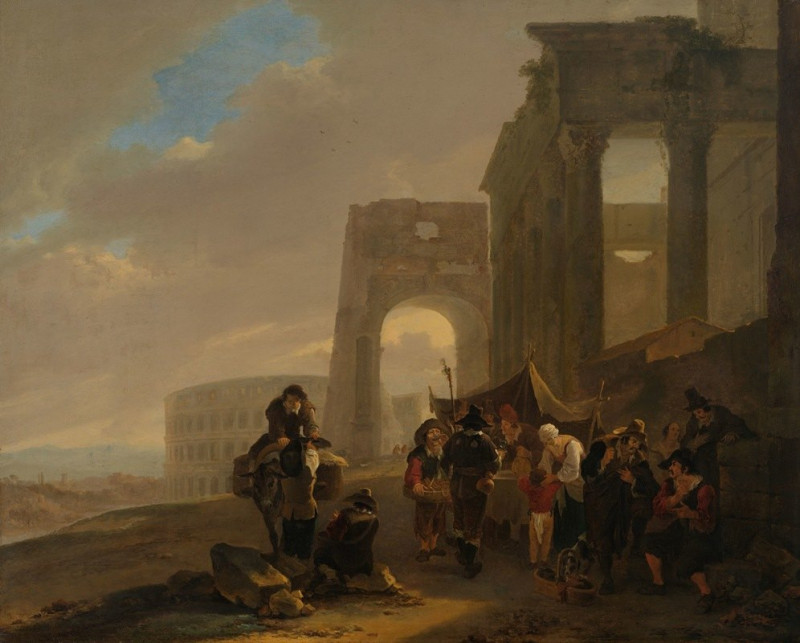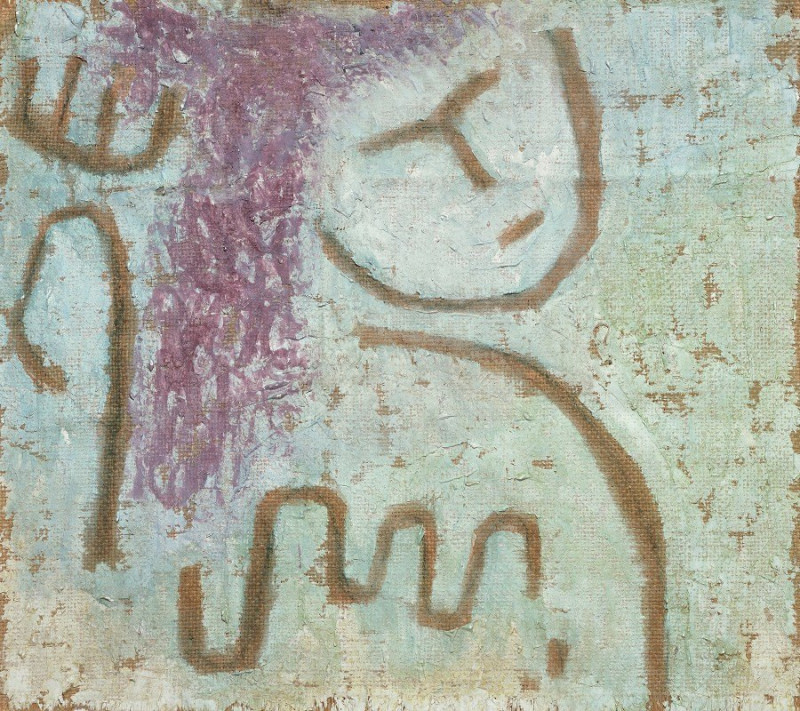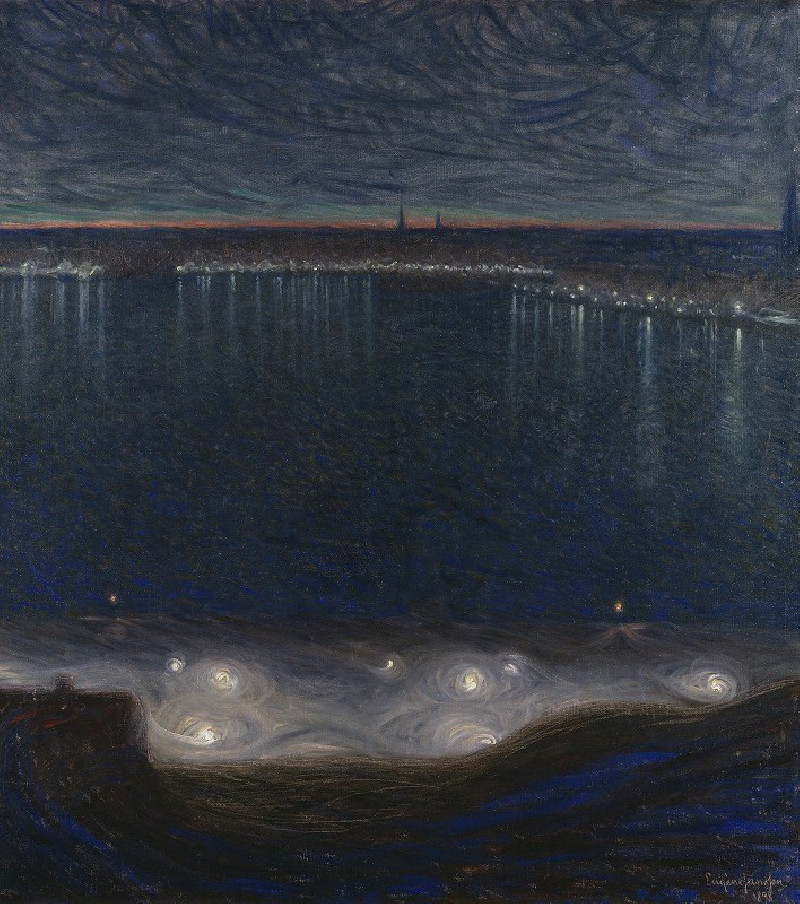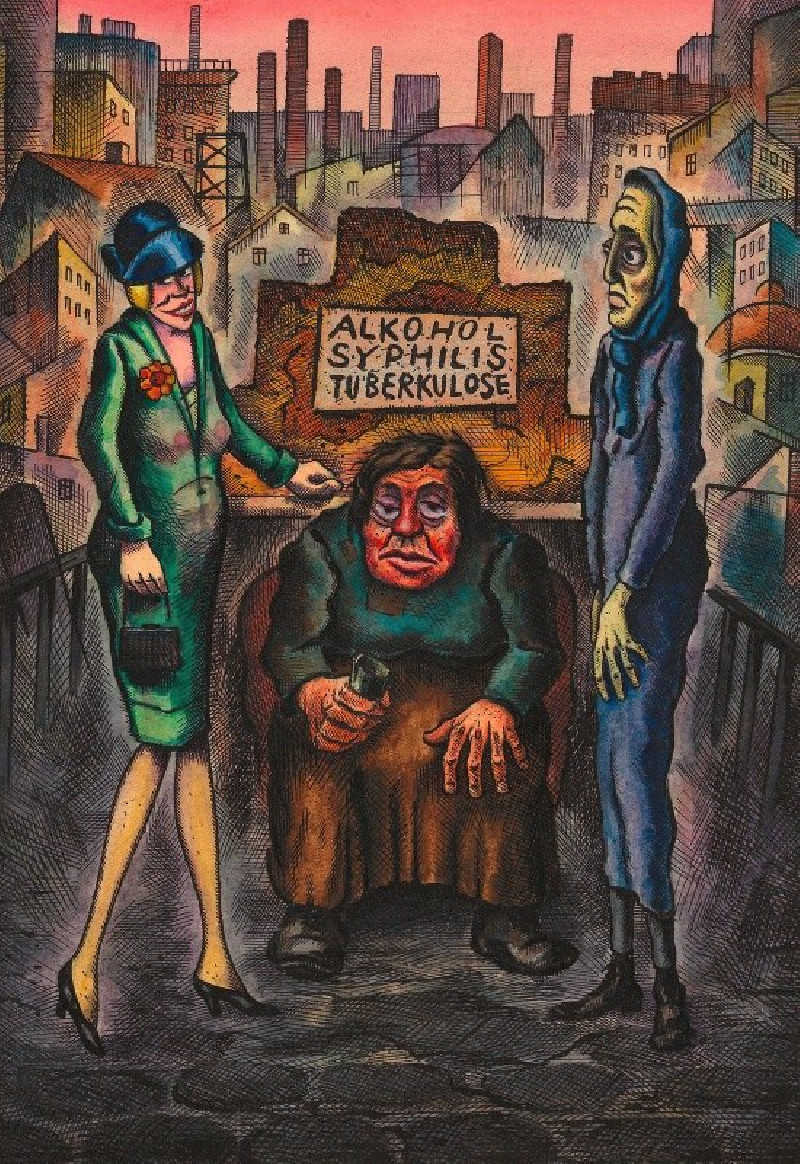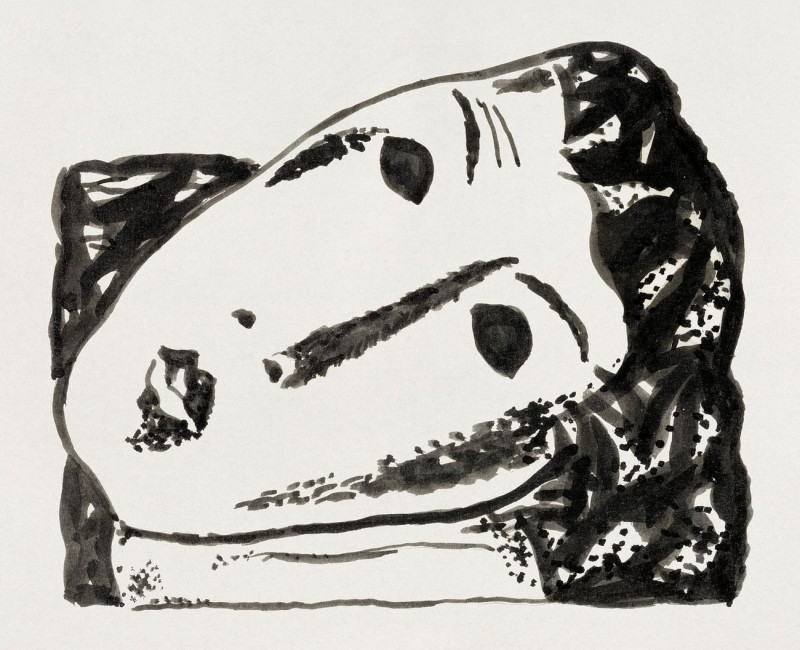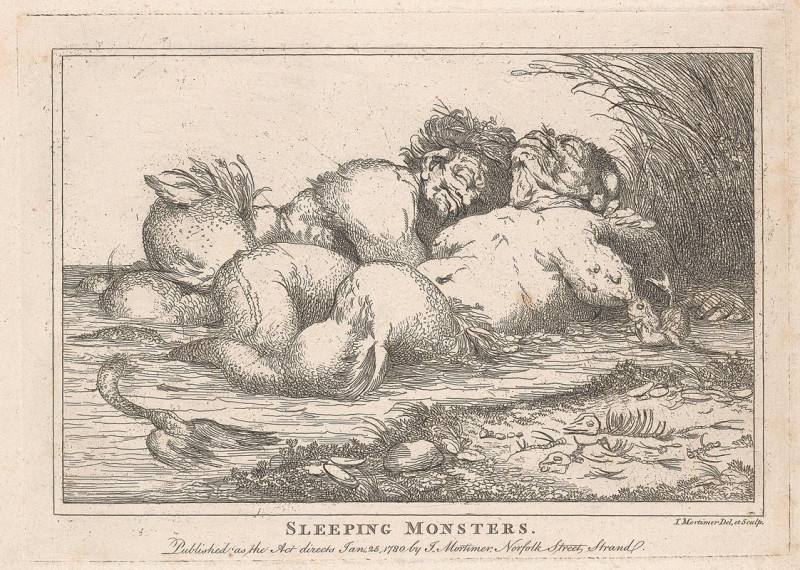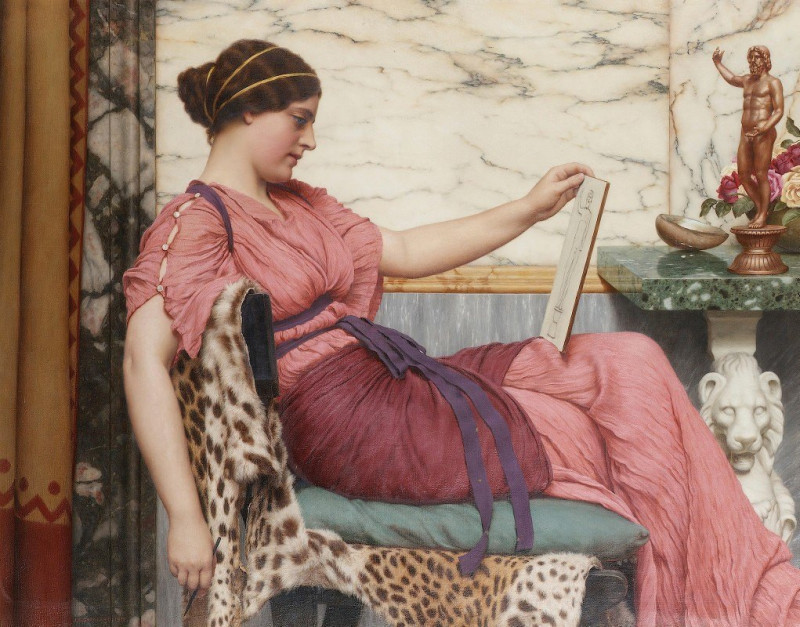One of two colossal statues of Rameses [sic] II. Entrance to the Temple at Luxor. (1846-1849)
Technique: Giclée quality print
Recommended by our customers
More about this artwork
David Roberts' exquisite lithograph titled "One of two colossal statues of Rameses [sic] II. Entrance to the Temple at Luxor" captures the formidable presence of the ancient relics standing guard at the temple's approach, crafted during 1846-1849. This painting vividly portrays one of the massive stone statues of Pharaoh Ramses II, a testament to the grandeur of Egypt's architectural and artistic triumphs.The depiction is steeped in atmospheric tones, where the soft colors and careful shading accentuate the statue's age and impressive stature against the backdrop of the temple ruins. The colossal figure, shown with detailed carvings, including the double crown of Upper and Lower Egypt, sits majestically, overseeing the passersby.Roberts includes figures in traditional dress, adding life and scale to the scene, depicting them in conversation which suggests a blend of daily life and timeless history. The presence of these small, colorful figures enhances the magnitude of the statue and the deep sense of history encasing the temple complex.
Delivery
Returns
David Roberts (24 October 1796 – 25 November 1864) was a Scottish painter. He is especially known for The Holy Land, Syria, Idumea, Arabia, Egypt, and Nubia, a prolific series of detailed lithograph prints of Egypt and the Near East that he produced from sketches he made during long tours of the region (1838–1840). These and his large oil paintings of similar subjects made him a prominent Orientalist painter. He was elected as a Royal Academician in 1841.

![One of two colossal statues of Rameses [sic] II. Entrance to the Temple at Luxor. (1846-1849) reproduction of painting by Dav... One of two colossal statues of Rameses [sic] II. Entrance to the Temple at Luxor. (1846-1849) reproduction of painting by Dav...](https://reprodukcijos.lt/39250-large_default/reproduction-of-one-of-two-colossal-statues-of-rameses-sic-ii-entrance-to-the-temple-at-luxor-1846-1849.jpg)
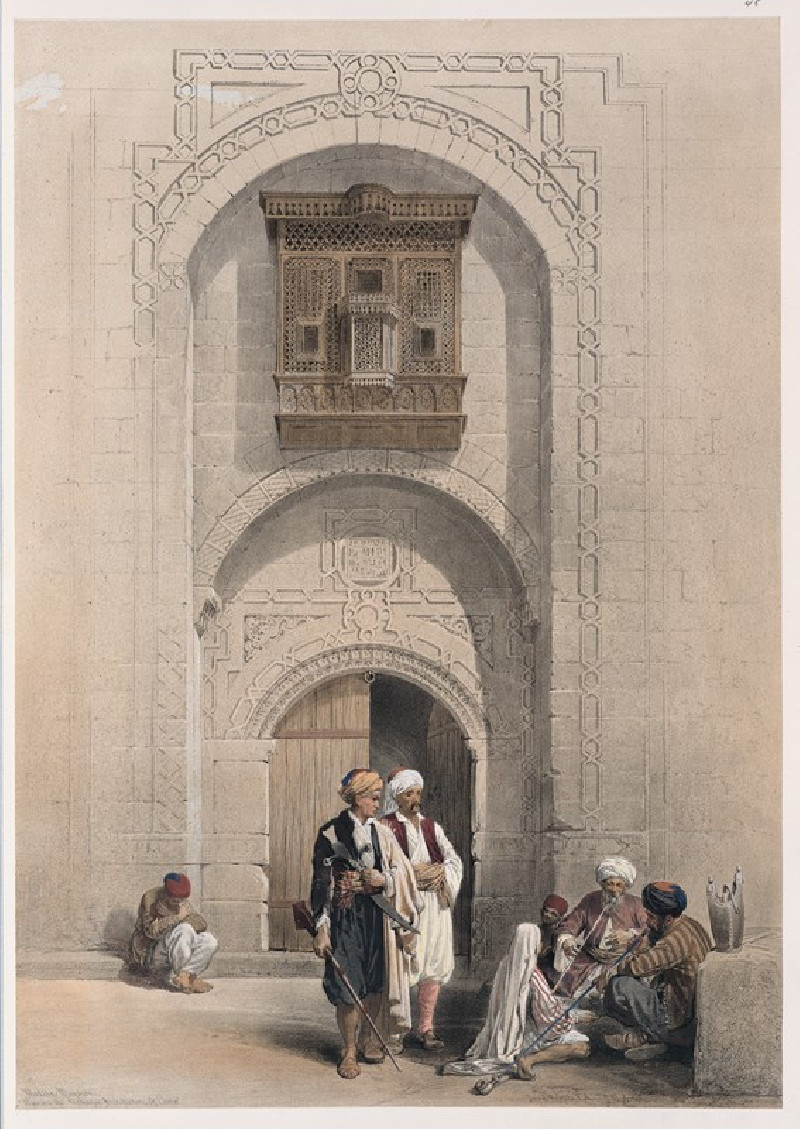
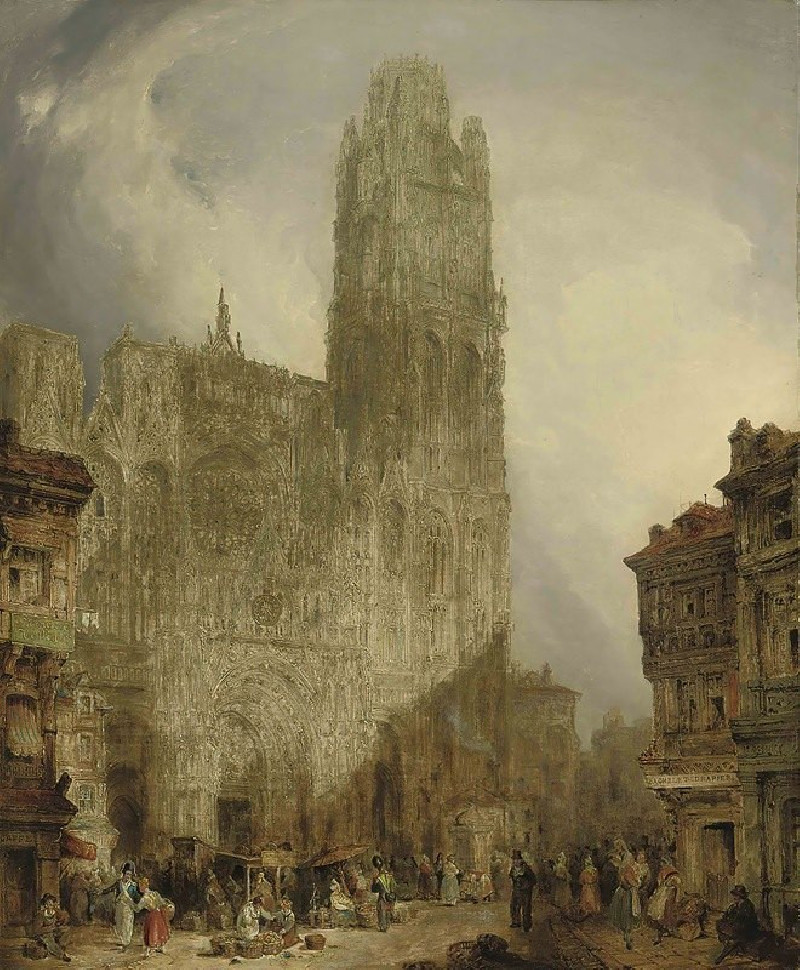
![Siout [Asyût]. Upper Egypt. (1846-1849) reproduction of painting by David Roberts. ALL GICLEE PRINTS](https://reprodukcijos.lt/39216-large_default/reproduction-of-siout-asyut-upper-egypt-1846-1849.jpg)
![Hermont [Armant], ancient Hirmonthis. Nov. 26th, 1838. (1846-1849) reproduction of painting by David Roberts. ALL GICLEE PRINTS](https://reprodukcijos.lt/39215-large_default/reproduction-of-hermont-armant-ancient-hirmonthis-nov-26th-1838-1846-1849.jpg)
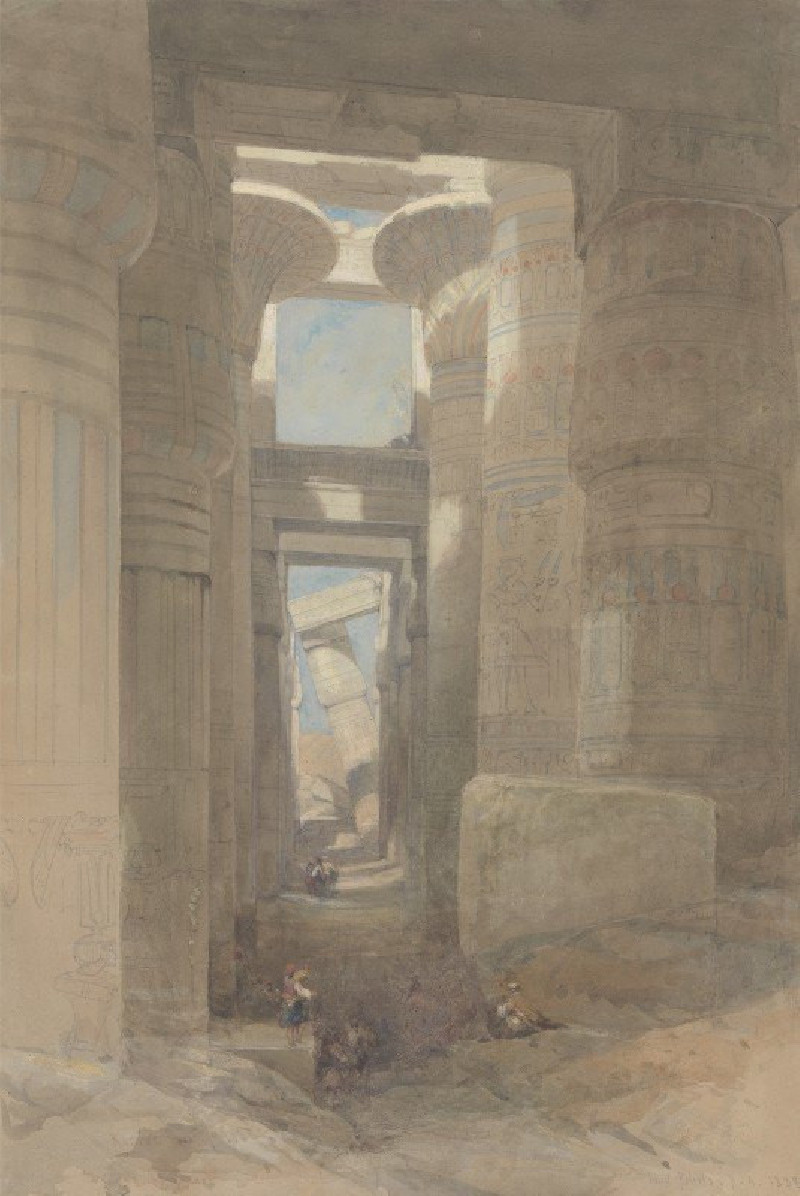
![Temple of Wady Saboua [Wadi al-Sabua], Nubia. (1846-1849) reproduction of painting by David Roberts. ALL GICLEE PRINTS](https://reprodukcijos.lt/39213-large_default/reproduction-of-temple-of-wady-saboua-wadi-al-sabua-nubia-1846-1849.jpg)
![Portico of the Temple of Edfou [Idfû], Upper Egypt. Nov. 23rd, 1838. (1846-1849) reproduction of painting by David Roberts. A...](https://reprodukcijos.lt/39212-large_default/reproduction-of-portico-of-the-temple-of-edfou-idfu-upper-egypt-nov-23rd-1838-1846-1849.jpg)
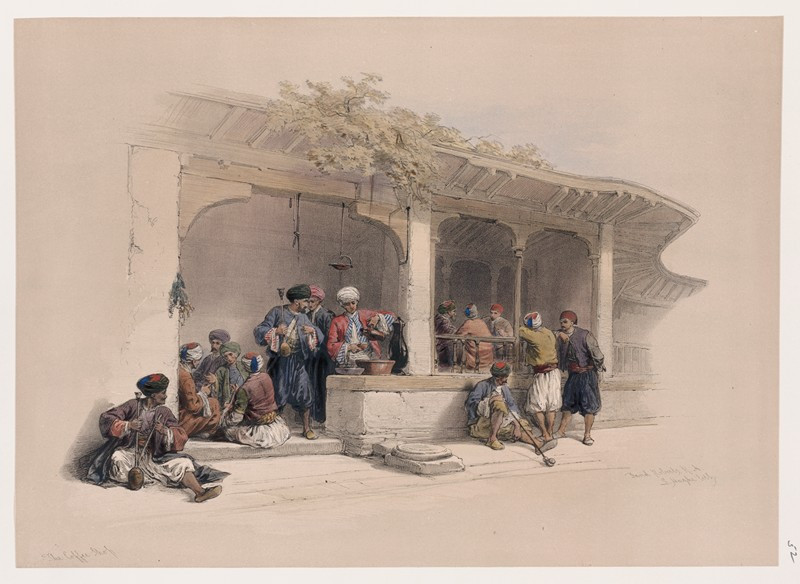
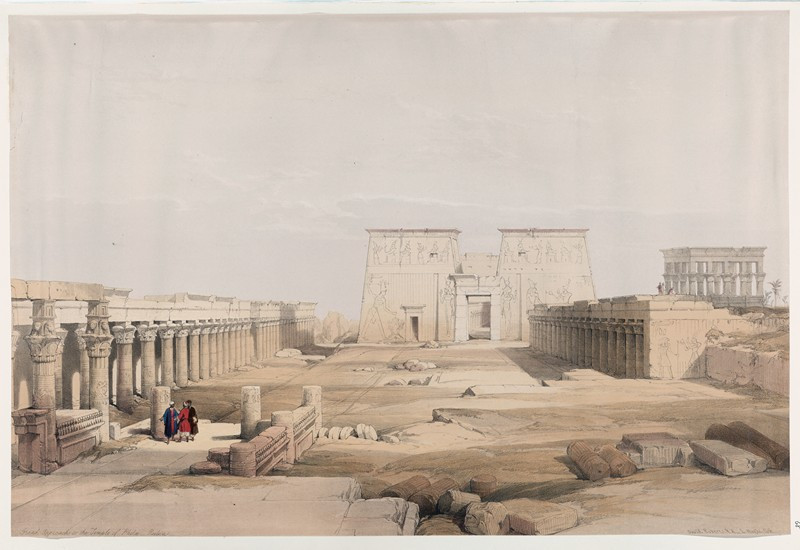
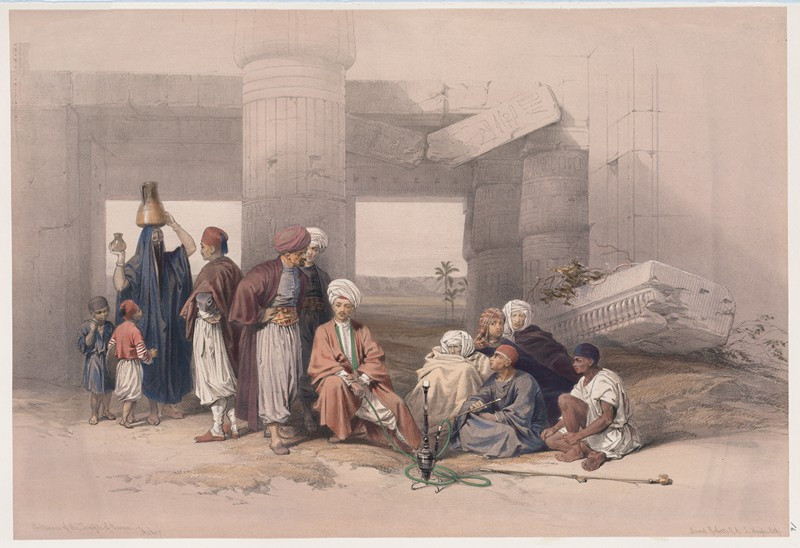
![Edfou [Edfu, Idfû]. Nov. 24th, 1838. (1846-1849) reproduction of painting by David Roberts. ALL GICLEE PRINTS](https://reprodukcijos.lt/39208-large_default/reproduction-of-edfou-edfu-idfu-nov-24th-1838-1846-1849.jpg)
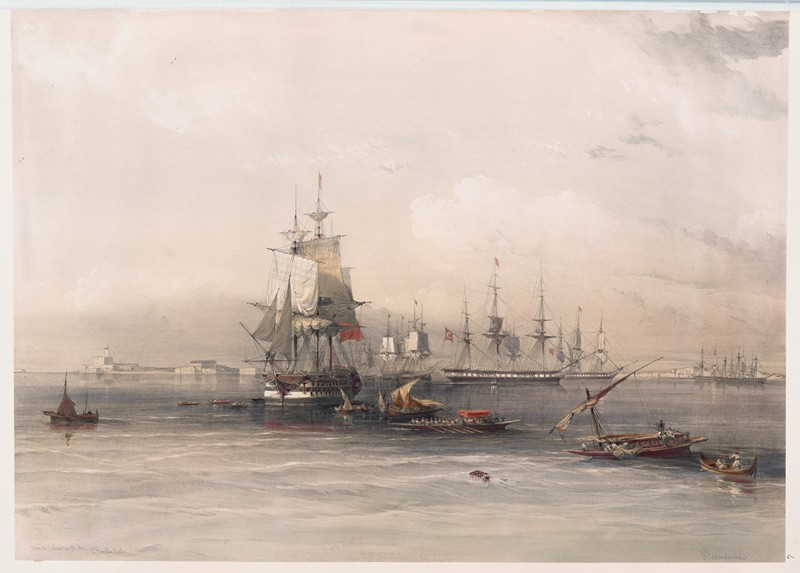
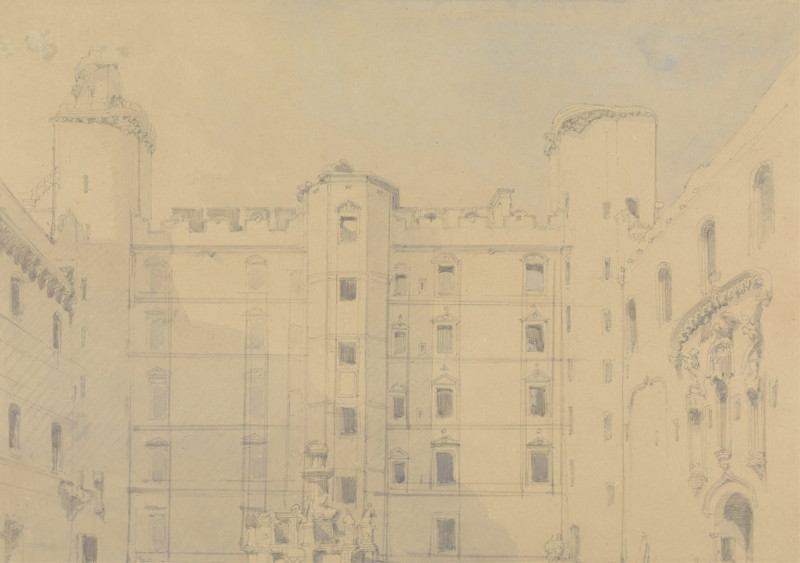
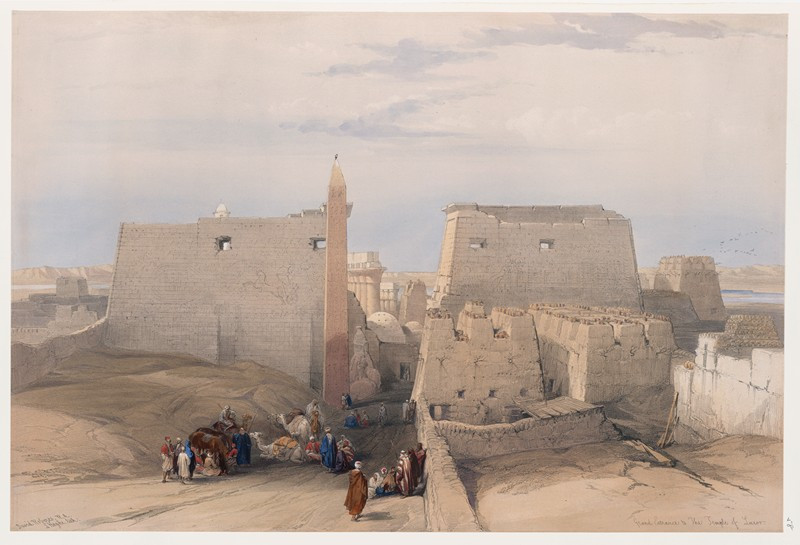

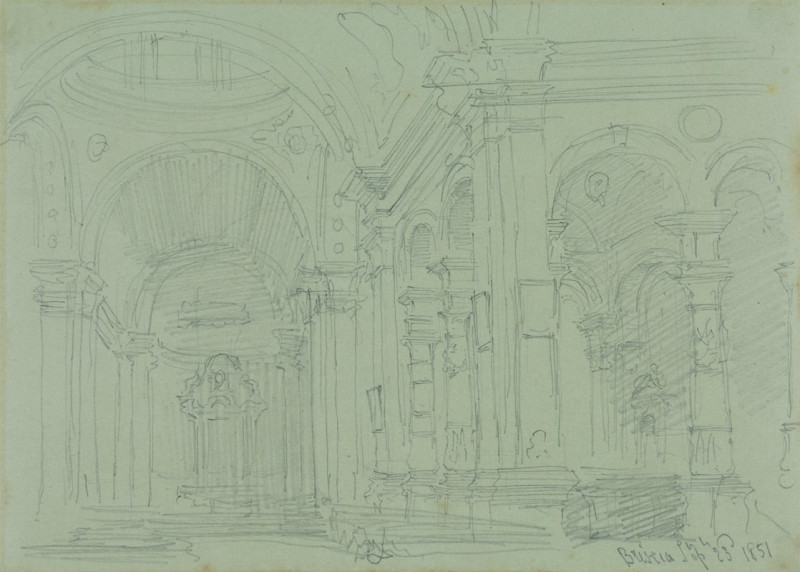
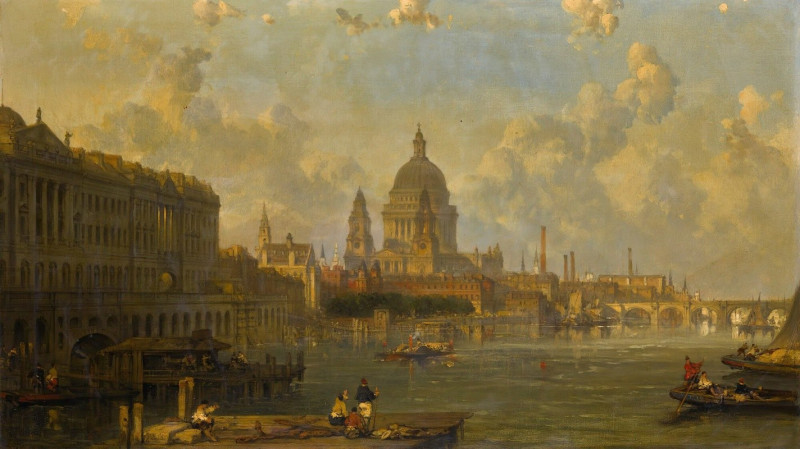
![Temple of Kalabshee [Kalabsha, Kalâbishah], Nubia. Nov. 1838. (1846-1849) reproduction of painting by David Roberts. ALL GICL...](https://reprodukcijos.lt/39201-large_default/reproduction-of-temple-of-kalabshee-kalabsha-kalabishah-nubia-nov-1838-1846-1849.jpg)
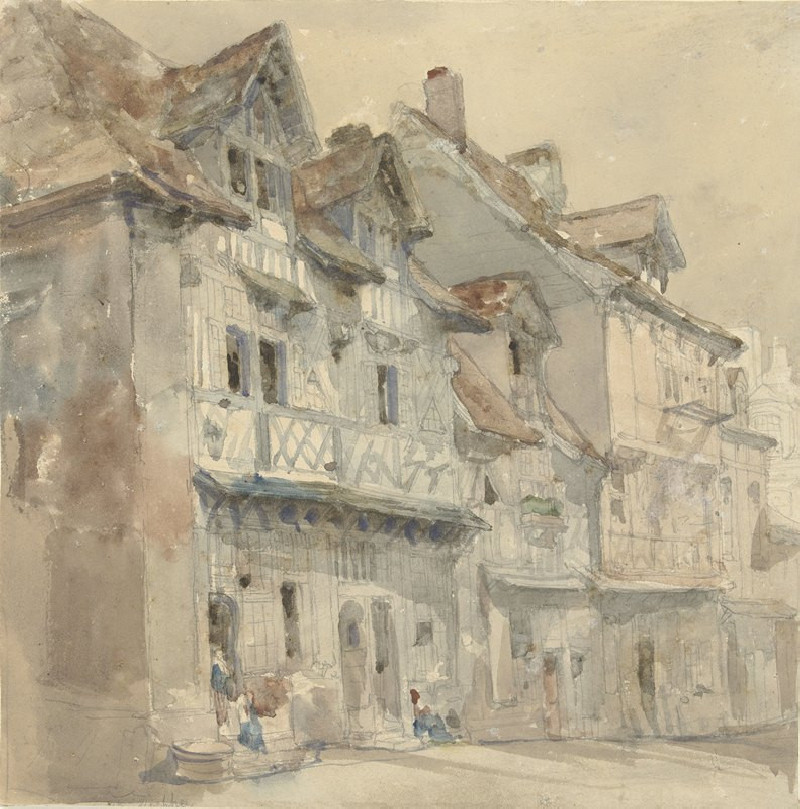
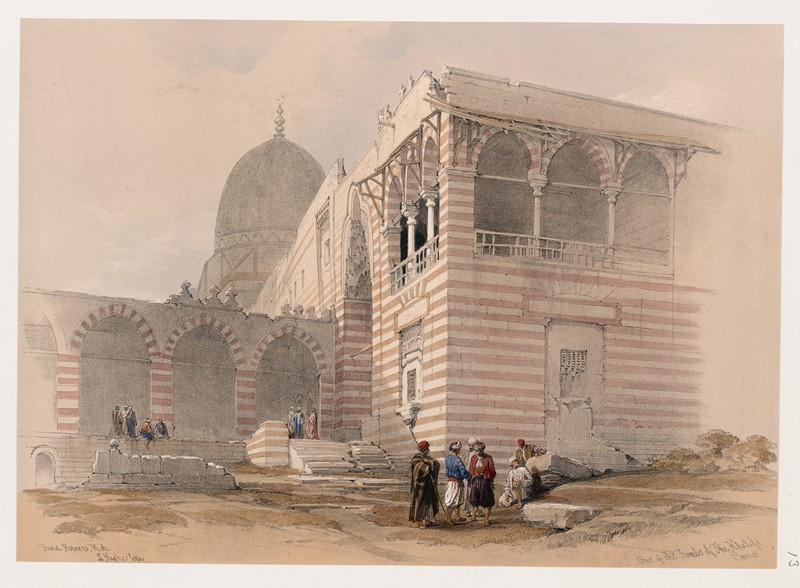
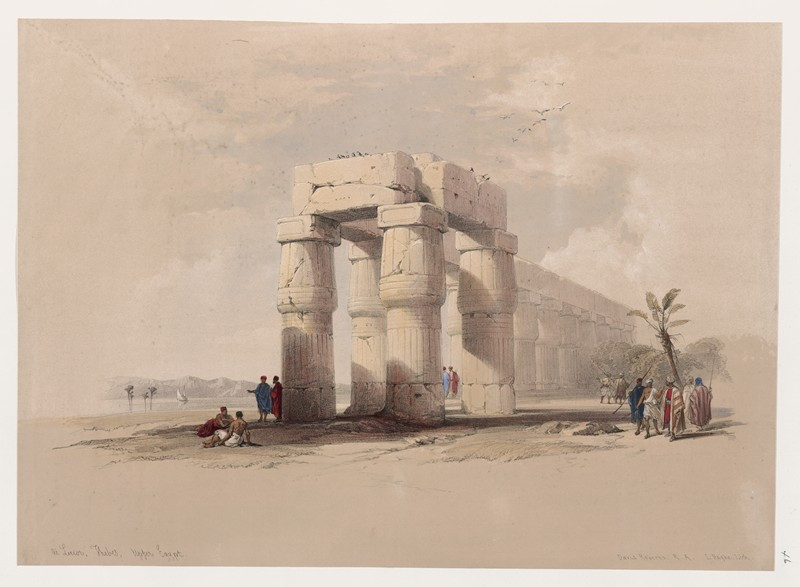
![Ruins of the Temple of Kardeseh [Qirtâsî], Nubia. (1846-1849) reproduction of painting by David Roberts. ALL GICLEE PRINTS](https://reprodukcijos.lt/39187-large_default/reproduction-of-ruins-of-the-temple-of-kardeseh-qirtasi-nubia-1846-1849.jpg)
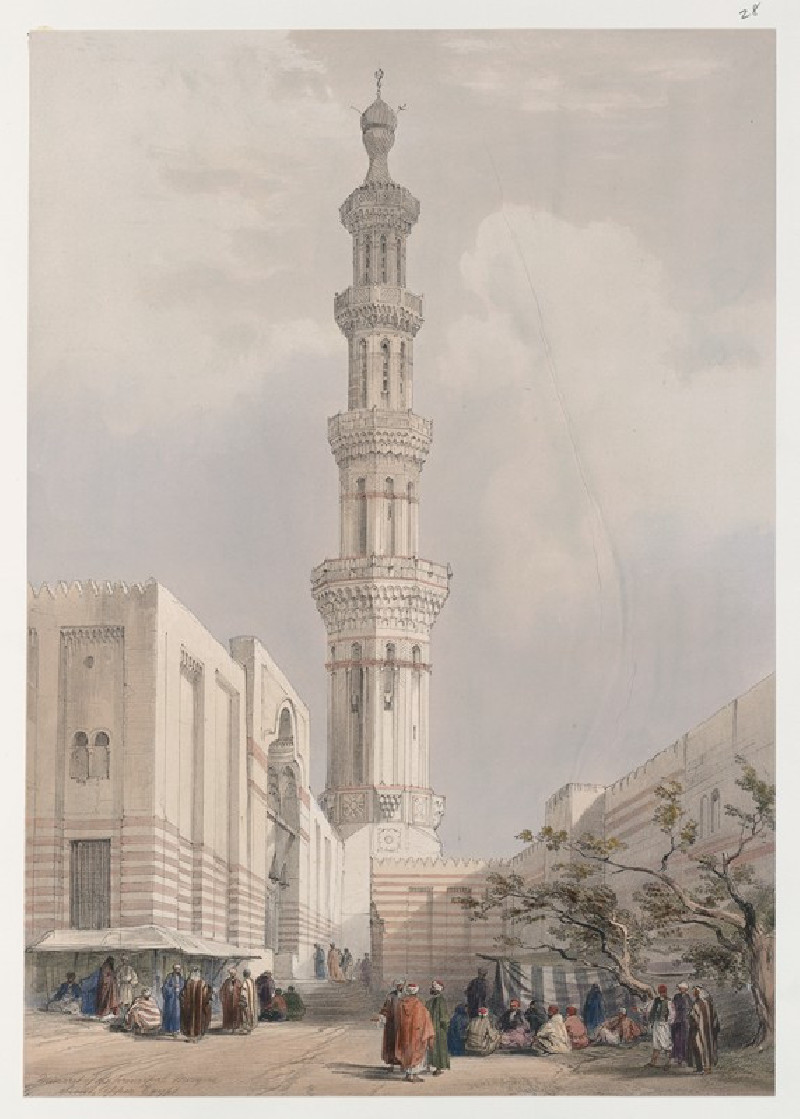
![Pyramids of Geezeh [Giza]. (1846-1849) reproduction of painting by David Roberts. ALL GICLEE PRINTS](https://reprodukcijos.lt/39185-large_default/reproduction-of-pyramids-of-geezeh-giza-1846-1849.jpg)
![Excavated temples of Aboosimble [Abû Sunbul], Nubia. (1846-1849) reproduction of painting by David Roberts. ALL GICLEE PRINTS](https://reprodukcijos.lt/39184-large_default/reproduction-of-excavated-temples-of-aboosimble-abu-sunbul-nubia-1846-1849.jpg)

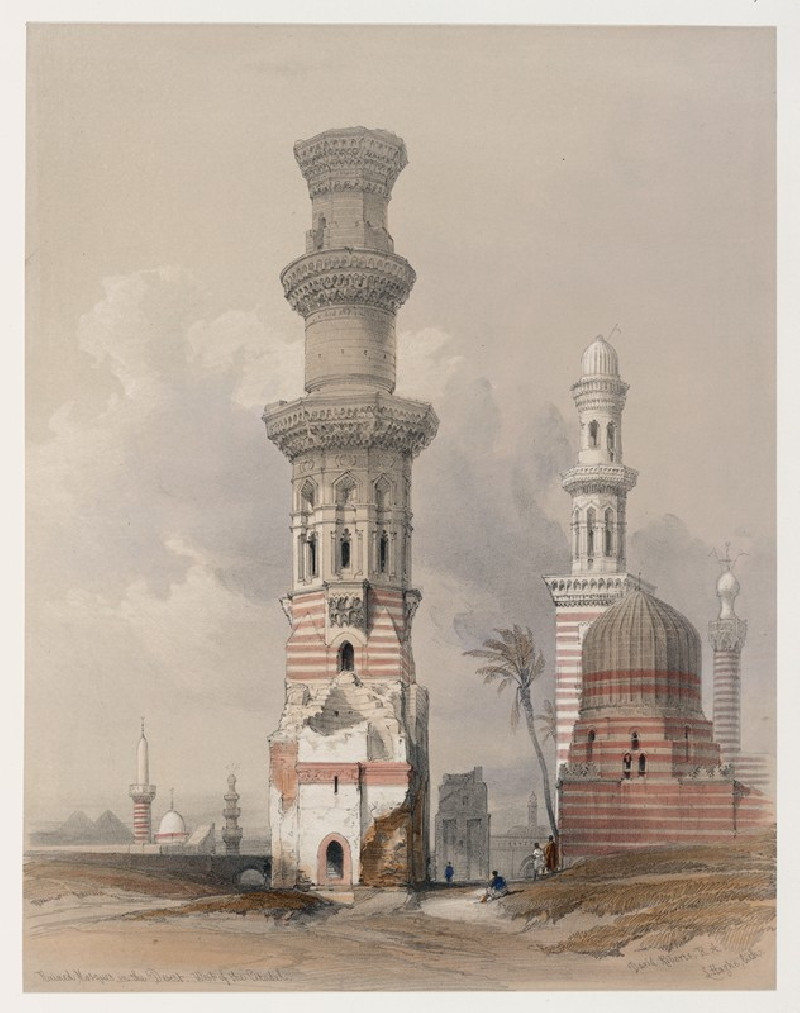


![Dayr el Medeeneh [Dayr al-Madînah], Thebes. (1846-1849) reproduction of painting by David Roberts. ALL GICLEE PRINTS](https://reprodukcijos.lt/39182-large_default/reproduction-of-dayr-el-medeeneh-dayr-al-madinah-thebes-1846-1849.jpg)
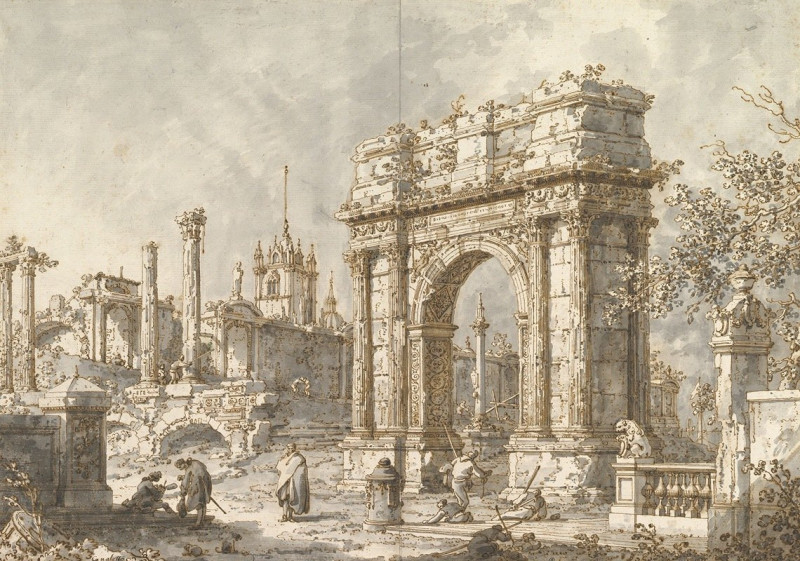
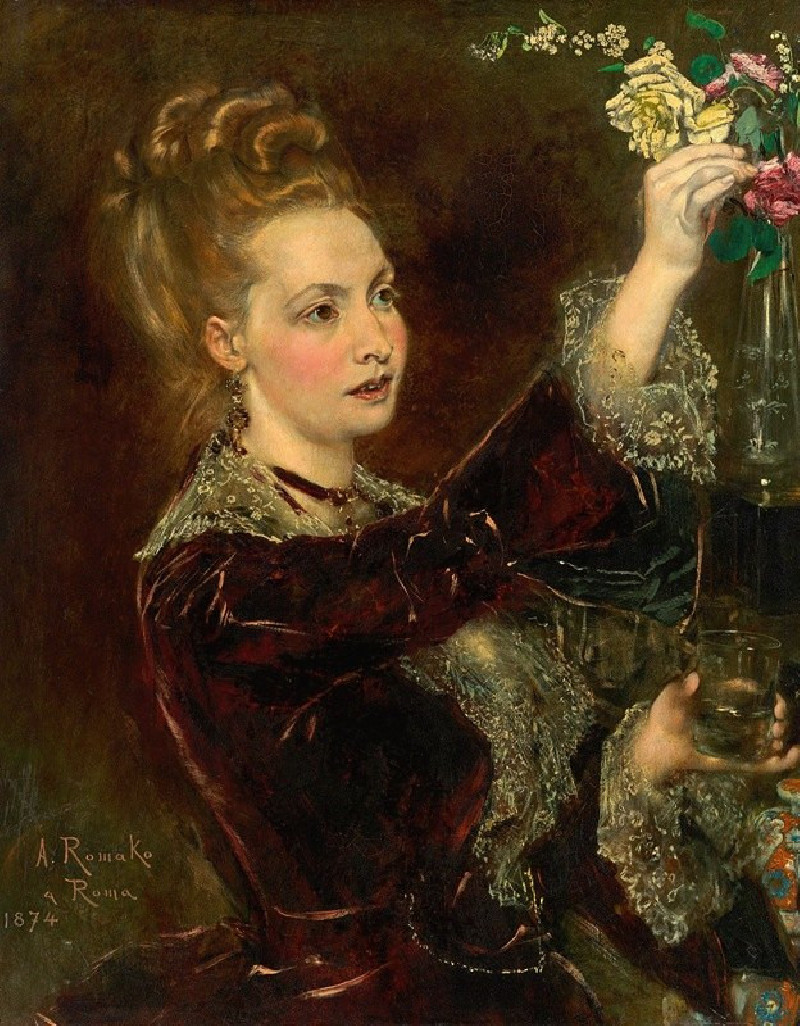
![Ruins. Temple on the Island of Biggeh [Bîga, Bîjah], Nubia. (1846-1849) reproduction of painting by David Roberts. ALL GICLEE...](https://reprodukcijos.lt/39122-large_default/reproduction-of-ruins-temple-on-the-island-of-biggeh-biga-bijah-nubia-1846-1849.jpg)

